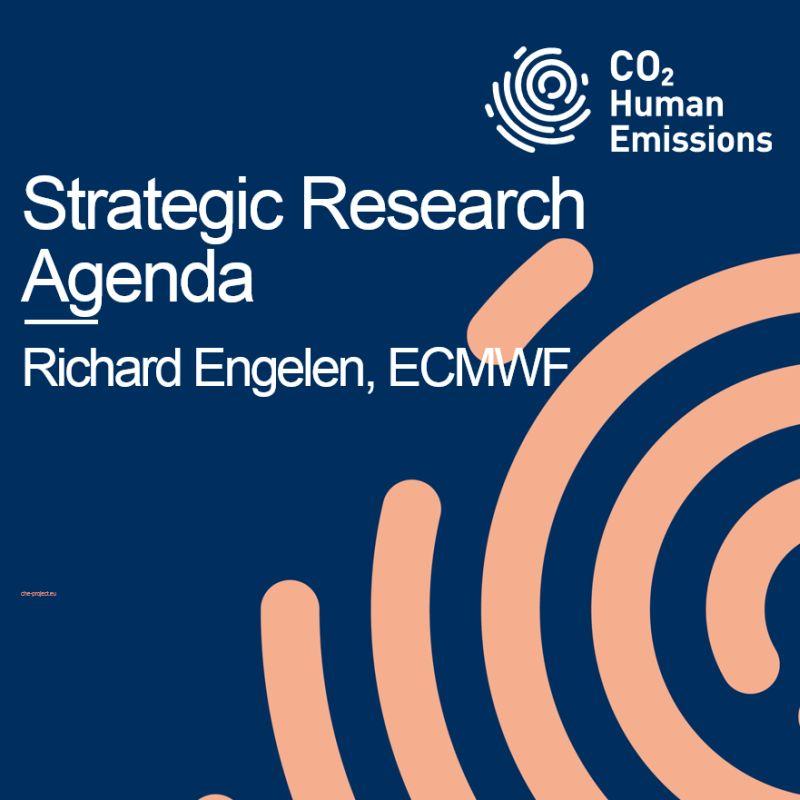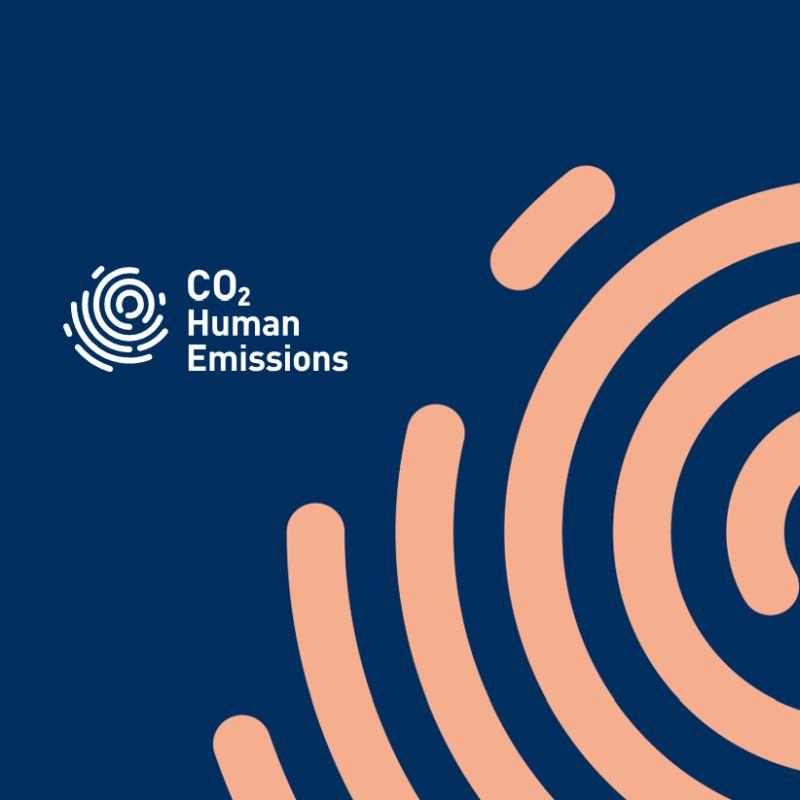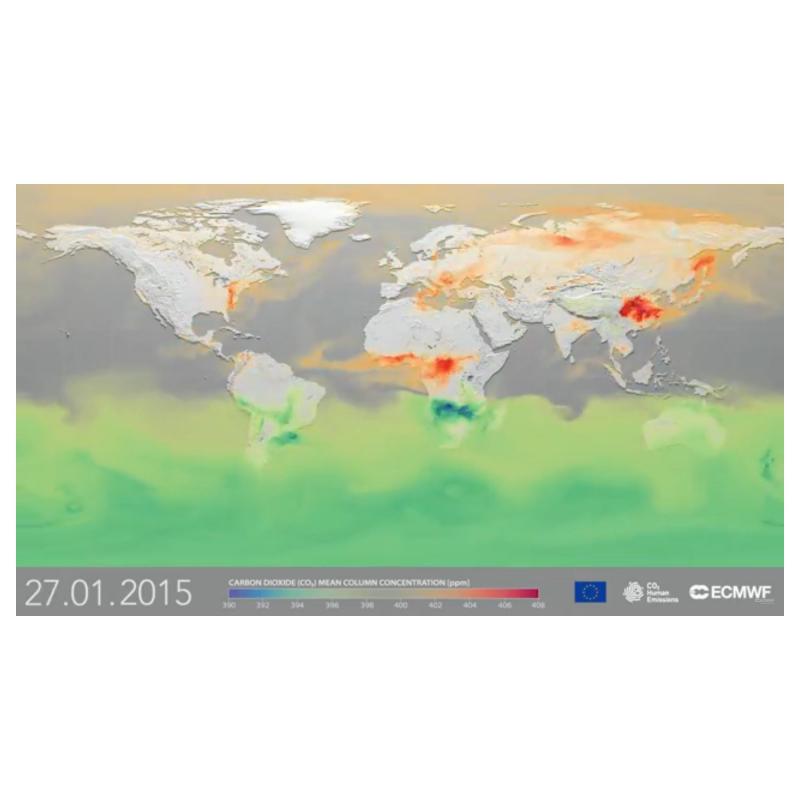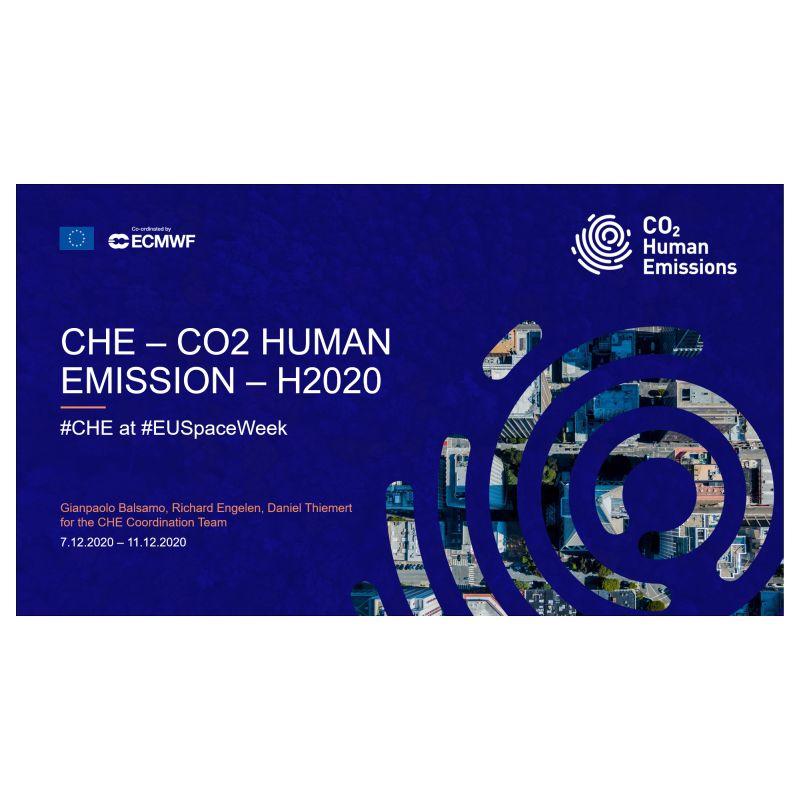The CHE project aims to lay a mature foundation for a European space-borne observation capacity for CO2 by bringing together expertise, existing capacities and innovative ideas from a wide range of European and international players. A mature and credible monitoring system for anthropogenic CO2 emissions requires the integration of all available information streams, and is a complex undertaking.
CHE is the response to the H2020 Call for a Coordination and Support Action (“Preparation for a European capacity to monitor CO2 anthropogenic emissions”), which stated that the development, the implementation and eventually the operation of a European capacity to monitor CO2 emissions will need the involvement of various players, such as space agencies, operators of in-situ measurement stations and of numerical weather prediction, and leading experts for modelling and data assimilation. CHE therefore has a work package (WP6, International Stakeholder Coordination and Liaison) focusing on the liaison of the project with the various external stakeholders through coordination and networking, laying a foundation for the operational integration of all relevant European capacities as a subsequent step. The work package will also ensure the interaction with the CO2 Monitoring Task Force and the ESA Copernicus Anthropogenic CO2 Monitoring Mission Advisory Group (MAG), acting as accompanying scientific and technical support. In addition, CHE will look for collaboration opportunities within existing coordination activities (e.g., WMO, UNEP, and UNFCCC). A key element of the work package is the production of this Strategic Research Agenda document that will summarise the activities relevant to the aims of the CHE project, both inside and outside the project, and provide recommendations for further research and development activities in support of realizing the goal of a European capacity to monitor CO2 anthropogenic emissions. This is particularly of relevance because of the tight timeline that is envisaged for the build-up of the Copernicus CO2 monitoring and verification support capacity, which should become operational in 2026. The document will therefore in future versions also link with the risk analysis outcomes of the CHE and VERIFY projects and identify areas where deviations from the original w ork plans were necessary.




